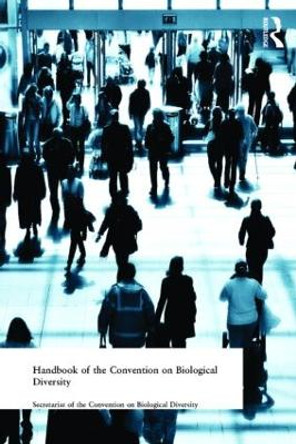Description
Biological diversity is understood today as consisting of three components--species diversity, genetic diversity, and ecosystem diversity. Farnham finds that these three tiers coincided with three earlier, disparate conservation traditions that converged when the cause of preserving biological diversity was articulated. He tells the stories of these different historical foundations, recounts how the term came into the environmental lexicon, and shows how the evolution of the idea of biological diversity reflects an evolution of American attitudes toward the natural world.
About the Author
Timothy J. Farnham is assistant professor of environmental studies, University of Nevada, Las Vegas. He lives in Las Vegas.
Reviews
"In examining an idea that is now driving conservation worldwide, Tim Farnham gets the story right in a way that no one else has. His book is richly detailed, yet catches the large themes beautifully."-Elliott Norse, president, Marine Conservation Biology Institute
-- Elliott Norse"This book contributes something unique to the literature of what might be called the history and philosophy of conservation. It treats the term and concept of biodiversity itself as its subject and provides an analytic and historical study of it."-J. Baird Callicott, University of North Texas
-- J. Baird CallicottBook Information
ISBN 9780300120059
Author Timothy J. Farnham
Format Hardback
Page Count 288
Imprint Yale University Press
Publisher Yale University Press
Weight(grams) 621g
Dimensions(mm) 235mm * 156mm * 21mm








